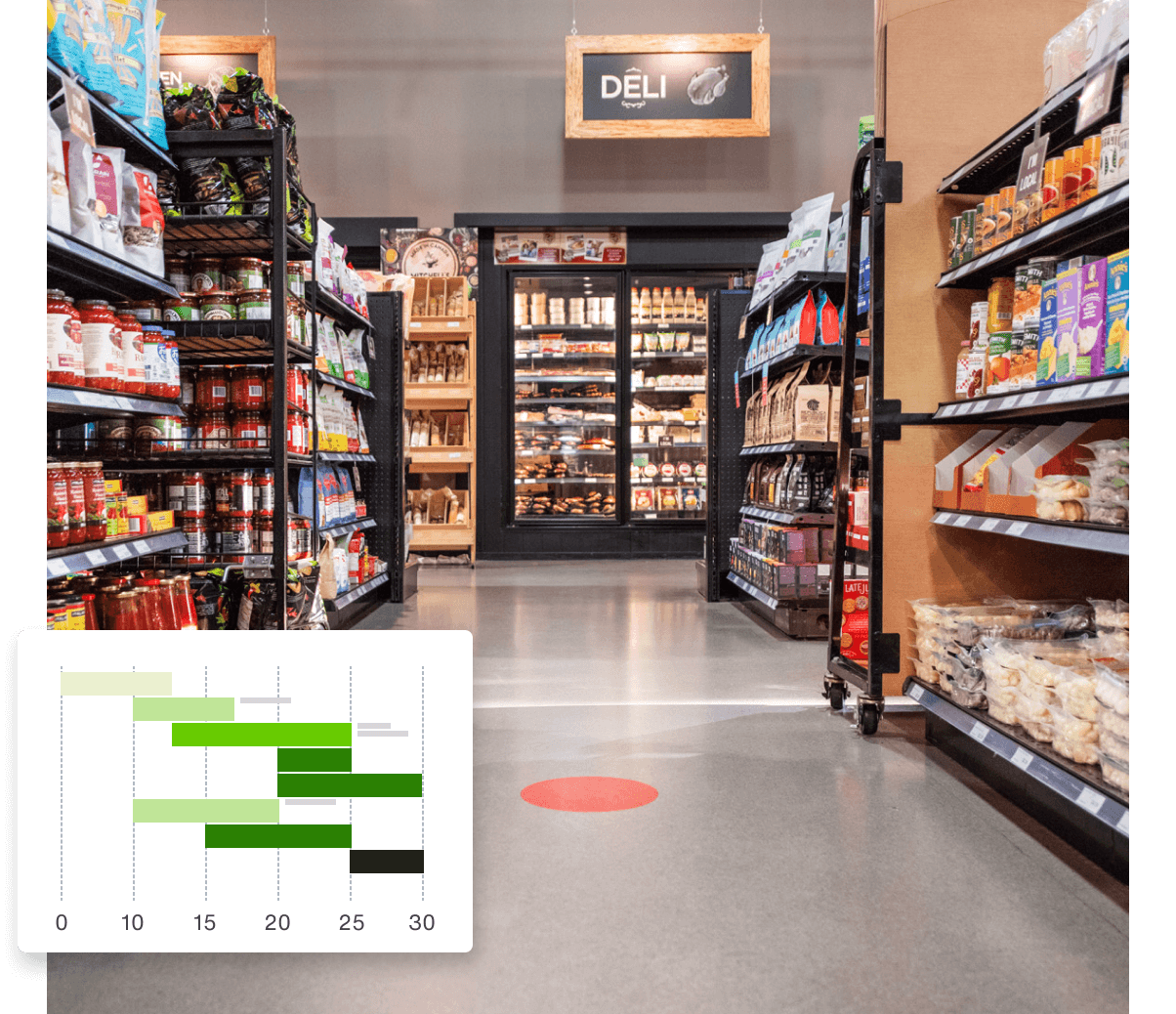

TELUS TABS Analytics
Data analysis as a service for CPG manufacturers
Data comes in many formats from many sources. TABS Analytics is built for Consumer Packaged Goods (CPG) manufacturers, by industry experts, to harmonize data so that it fits your company’s specific needs.

Product highlights
Harmonize data from almost any source to match your unique CPG needs
Access all your enterprise data as a single source of truth
Turnkey and cloud-based for easy implementation and use
Customize external data structures to match your internal hierarchy
Less manual data manipulation means you get insights faster
Get fast and clear visualized reports, whenever you need
Access our CPG analytics experts, training videos and more
Easy for team members, with strong tools for power users
Specialized for CPG, so setup is fast and efficient
Analytics built for BevAlc suppliers and distributors of any size
Key Features
Harmonize your data
Data harmonization translates different data sources, file formats, and naming conventions into a single database for a comprehensive view of your business.

View your business holistically
Bring point of sale (POS) and syndicated data together to see how pricing, promotions, and distribution from every outlet and team affect sales, so you can make the best decisions for your bottom line.

Hit the ground running
TABS Analytics is the product of years of experience with CPG teams, meaning it’s set up with all the customizations you need, right out of the box. And any special adjustments you want take no time at all.

Benefits
- Ready-to-use, harmonized data
Data from different sources doesn’t always work together. Data harmonization transforms every piece of data that comes in to match your own set of rules.
- Win more distribution
Category managers can build selling stories quickly and effectively to ensure a winning meeting with category buyers.
- Fast setup
As a cloud-based, turnkey solution, TABS Analytics requires minimal setup, so you’ll be able to get game-changing insights the moment it’s installed.
- Designed for CPG manufacturers
When it comes to data, one size rarely fits all. TABS Analytics is designed specifically for CPG manufacturers so setup, maintenance and configuration takes less time and effort.
- Analytics as a service
Data is only as useful as the insights it generates. To make the most of your data, we operate on an analytics as a service model, offering specialized expertise to keep you at the cutting edge.
- Speed to insights
Dig into categories and analyze product performance with fast and responsive tools. Identify opportunities, risks to growth and key business drivers as they arise.
- Award-winning data visualization
TABS Analytics’ business insights solutions have been consistently recognized by the Promotion Optimization Institute awarded TELUS Consumer Goods with the Best-In-Class Distinction in five categories.") for our intuitive and modern look and navigation.
- Easy customization
Responsive settings make it simple to further customize your insights, fast. You can get tips and help from our online resources, or one of our experienced CPG consultants.
- Cut sales prep time
Our tools let you build your fact-based selling story quickly, so your sales and finance teams can save time and focus on building your business.
- Distribution-based analytic
Prove your value with distribution-based analytics, a process that adjusts sales results based on current distribution levels to even the playing field within the competitive set.
- Strong data provider partnerships
We’re happy to help you get the best package for your data needs with syndicated data providers.
- Reduced total cost of ownership
Drive revenue growth management, trade promotion management, supply chain management and retail execution through one provider.
- Trusted by CPG companies
With a quarter century of CPG industry experience, our team’s mission remains the same: to simplify and improve analytics to help CPG companies grow and thrive.
Featured resources
Get started today
Contact us and a TELUS Agriculture & Consumer Goods sales representative will be in touch to assist you.
Schedule a call with an expert
